Discover 9 hidden attractions, cool sights, and unusual things to do in Laponia (Sweden). Don't miss out on these must-see attractions: Sarektjåkkå, Sarek National Park, and Rapa Valley. Also, be sure to include Stora Sjöfallet National Park in your itinerary.
Below, you can find the list of the most amazing places you should visit in Laponia (Norrbotten).
Table of Contents
Sarektjåkkå
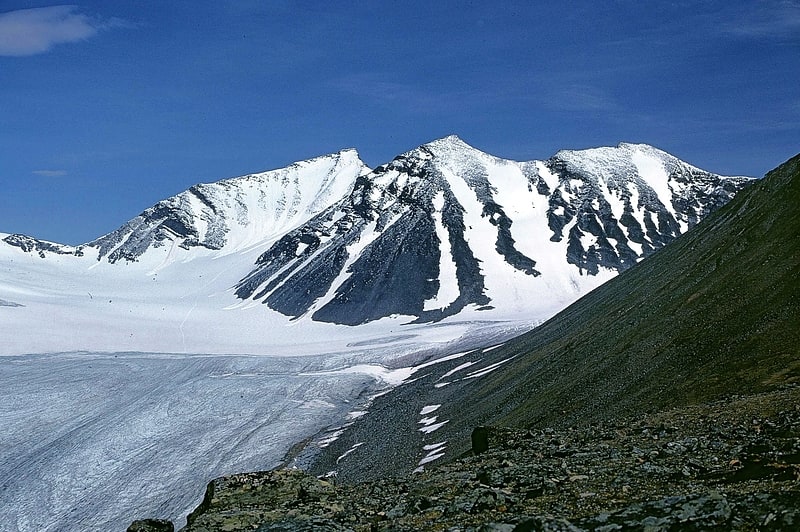
Mountain in Sweden. Sarektjåkkå is the second highest mountain in Sweden and the highest mountain in the Laponian area at 2,089 metres AMSL. The mountain is located close to the eastern border of Sarek National Park, about 23 kilometres southwest of Suorva.[1]
Sarek National Park
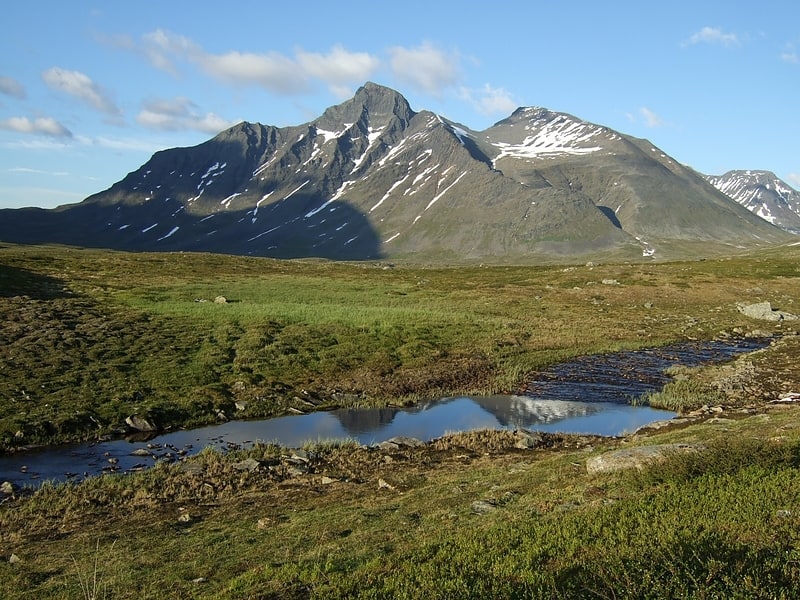
Also known as: Sarek
Nature reserve with lakes and mountains. Sarek National Park is a national park in Jokkmokk Municipality, Lapland in northern Sweden. Established in 1909, the park is the oldest national park in Europe. It is adjacent to two other national parks, namely Stora Sjöfallet and Padjelanta. The shape of Sarek National Park is roughly circular with an average diameter of about 50 km.
The most noted features of the national park are six of Sweden's thirteen peaks over 2,000 m (6,600 ft) located within the park's boundaries. Among these is the second highest mountain in Sweden, Sarektjåkkå, whilst the massif Áhkká is located just outside the park. The park has about 200 peaks over 1,800 m (5,900 ft), 82 of which have names. Sarek is also the name of a geographical area which the national park is part of. The Sarek mountain district includes a total of eight peaks over 2,000 m (6,600 ft). Due to the long trek, the mountains in the district are seldom climbed. There are approximately 100 glaciers in Sarek National Park.
Sarek is a popular area for hikers and mountaineers. Beginners in these disciplines are advised to accompany a guide since there are no marked trails or accommodations and only two bridges aside from those in the vicinity of its borders. The area is among those that receives the heaviest rainfall in Sweden, making hiking dependent on weather conditions. It is also intersected by turbulent streams that are hazardous to cross without proper training.
The delta of the Rapa River is considered one of Europe's most noted views and the summit of mount Skierfe offers an overlook of that ice-covered, glacial, trough valley.
The Pårte Scientific Station in Sarek (also known as the Pårte observatory) was built in the early 1900s by Swedish mineralogist and geographer Axel Hamberg. All the building material for the huts had to be carried to the site by porters.[2]
Rapa Valley
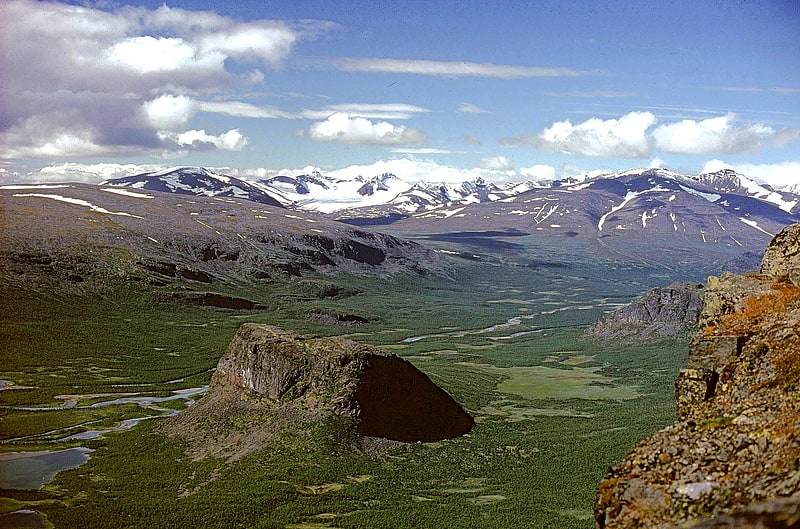
Also known as: Rapadalen
The Rapa Valley is a 35 kilometres long valley in Sweden and the largest in the Sarek National Park, part of the Laponian area. The Rapa River runs through the valley, which is surrounded by steep mountains. It's Laitaure river delta is one of the major tourist attractions for hikers in the area.[3]
Stora Sjöfallet National Park
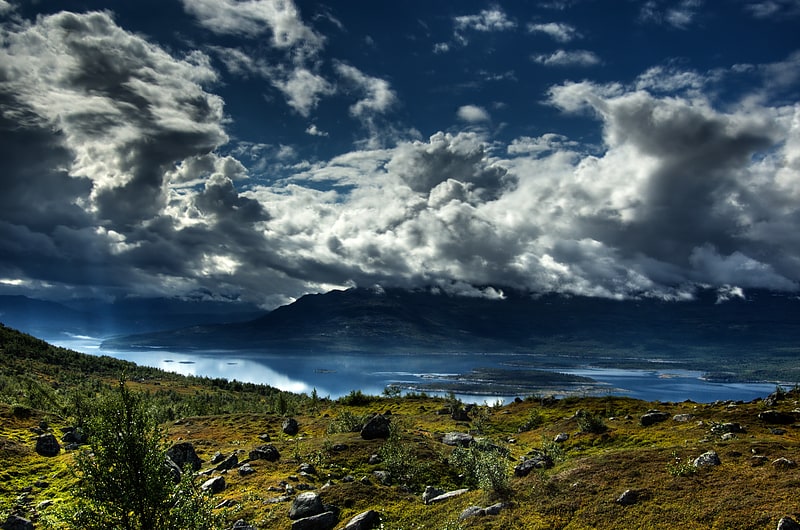
Also known as: Stora Sjöfallets nationalpark
National park in Sweden. Stora Sjöfallet is a national park in Norrbotten County in northern Sweden, in Gällivare Municipality and Jokkmokk Municipality. The national park is 1,278 km2 and the third-largest in Sweden. The park is located about 20 km north of the Arctic Circle by the Norwegian border and surrounds the Akkajaure reservoir from the north, east and south.
The area was declared a national park in 1909. The national park is part of the Laponian area, which is a UNESCO World Heritage Site. Stora Sjöfallet is also a part of Natura 2000, which is a network for protected areas in the European Union.[4]
Áhkká
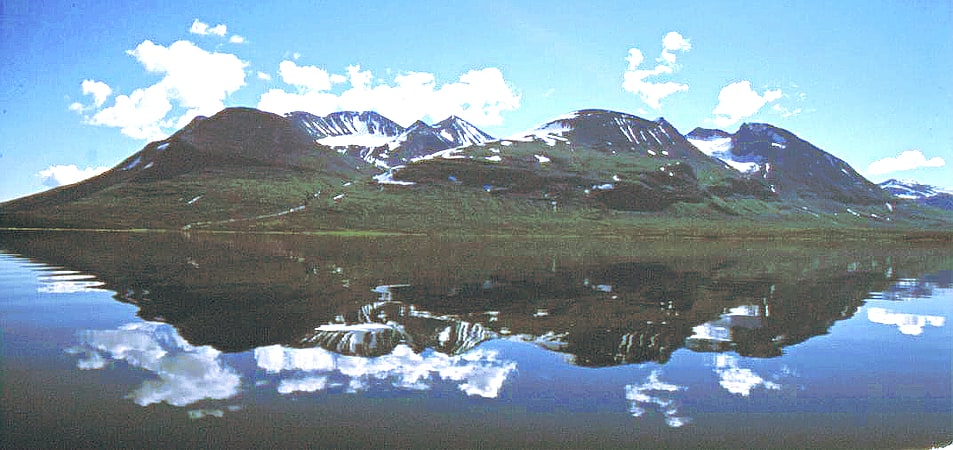
Also known as: Akka
Massif. Áhkká, is a massif in the southwestern corner of Stora Sjöfallet National Park in northern Sweden.
The massif has twelve individual peaks and ten glaciers, of which Stortoppen is the highest at 2,015 metres (6,611 feet). This peak is the eighth-highest in Sweden. Most notable is that the mountain has a vertical drop of 1,563 m (5,128 ft), from the top of the highest summit down to the lake Akkajaure in the valley below, which is located at 453 m (1,486 ft). This is the highest vertical drop found in Sweden. Since the lake below the mountain is regulated by a hydroelectric power station, its surface can drop down to 423 m (1,388 ft), which makes the mountain's vertical drop rise to a maximum of 1,593 m (5,226 ft). Due to the large level differences and the massif being well held together and rather isolated, it looks impressive, earning it the nickname Queen of Lapland. In the Sámi tradition it is a holy mountain, and some hikers regard it with a sense of awe and mystique.[5]
Visitor centre

Natural history museum, Architecture, National park, Visitor center, Park, Museum
Address: Stora Sjofallet, 982 99 Gallivare
Muddus National Park
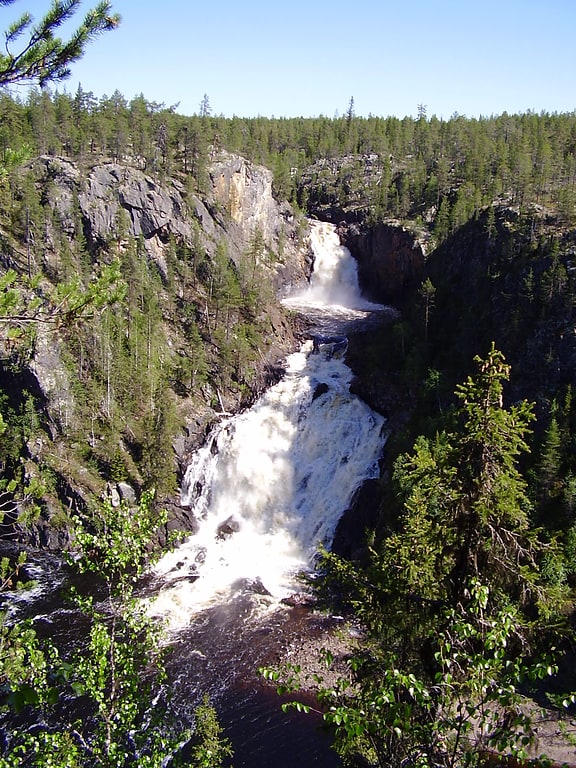
Also known as: Muddus
National park in Sweden. Muddus is a national park in northern Sweden. It is situated in the province Lapland, with its largest part in the Gällivare Municipality. Furthermore, it belongs to the largely untouched UNESCO World Heritage classified Laponian area.
Natural scenes include the old-growth forest with large trees, large boggy grounds, and deep ravines in between the rocks. Sweden's oldest known pine tree is also located here. It has been estimated to be at least 710 years old, as it was found to have withstood a forest fire in 1413.[6]
Padjelanta National Park
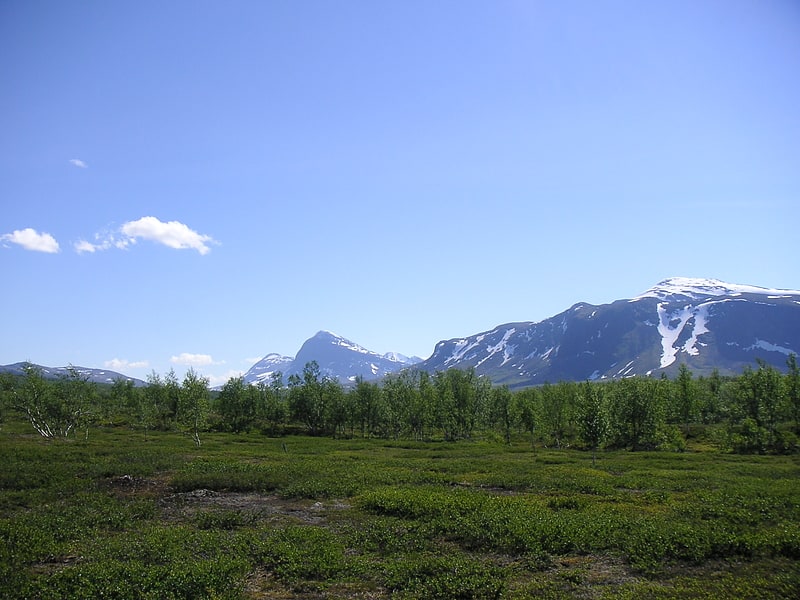
Also known as: Padjelanta
National park in Sweden. Padjelanta is a national park in Norrbotten County in northern Sweden. Established in 1963, it is the largest national park in Sweden with an area of 1,984 km2, and part of the UNESCO World Heritage Site Laponia established in 1996.[7]
Stubba
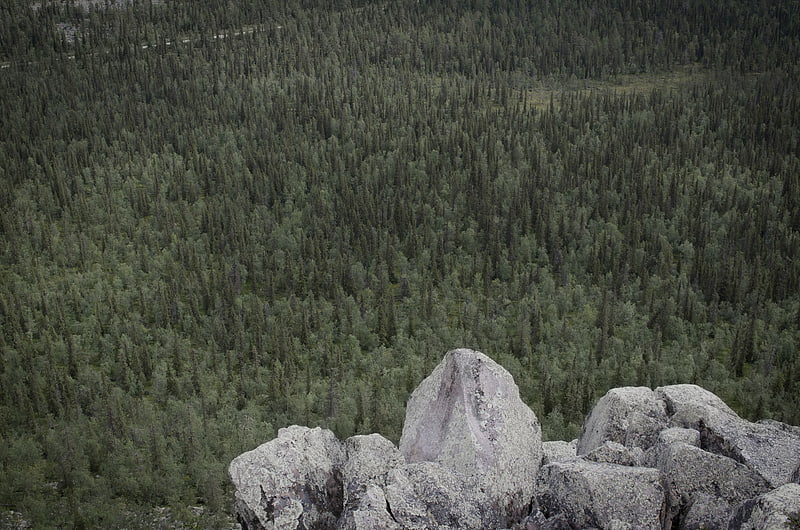
Nature reserve in Sweden. Stubba is a nature reserve and Natura 2000 area in Gällivare in Sweden, part of the UNESCO World Heritage Site Laponia in Swedish Lapland, with an area of 350 km². Together with the nature reserve Sjaunja and Muddus National Park it covers the biggest wetland in Sweden.
The nature reserve was formed in 1988, and expanded 1996 and 2011.
The Inlandsbanan railway and European route E45, here coinciding with the Inlandsvägen tourist road, go through the nature reserve. There are also bike and snowmobile routes through it. Hiking, camping, lighting campfires and picking berries and edible mushrooms is allowed.[8]